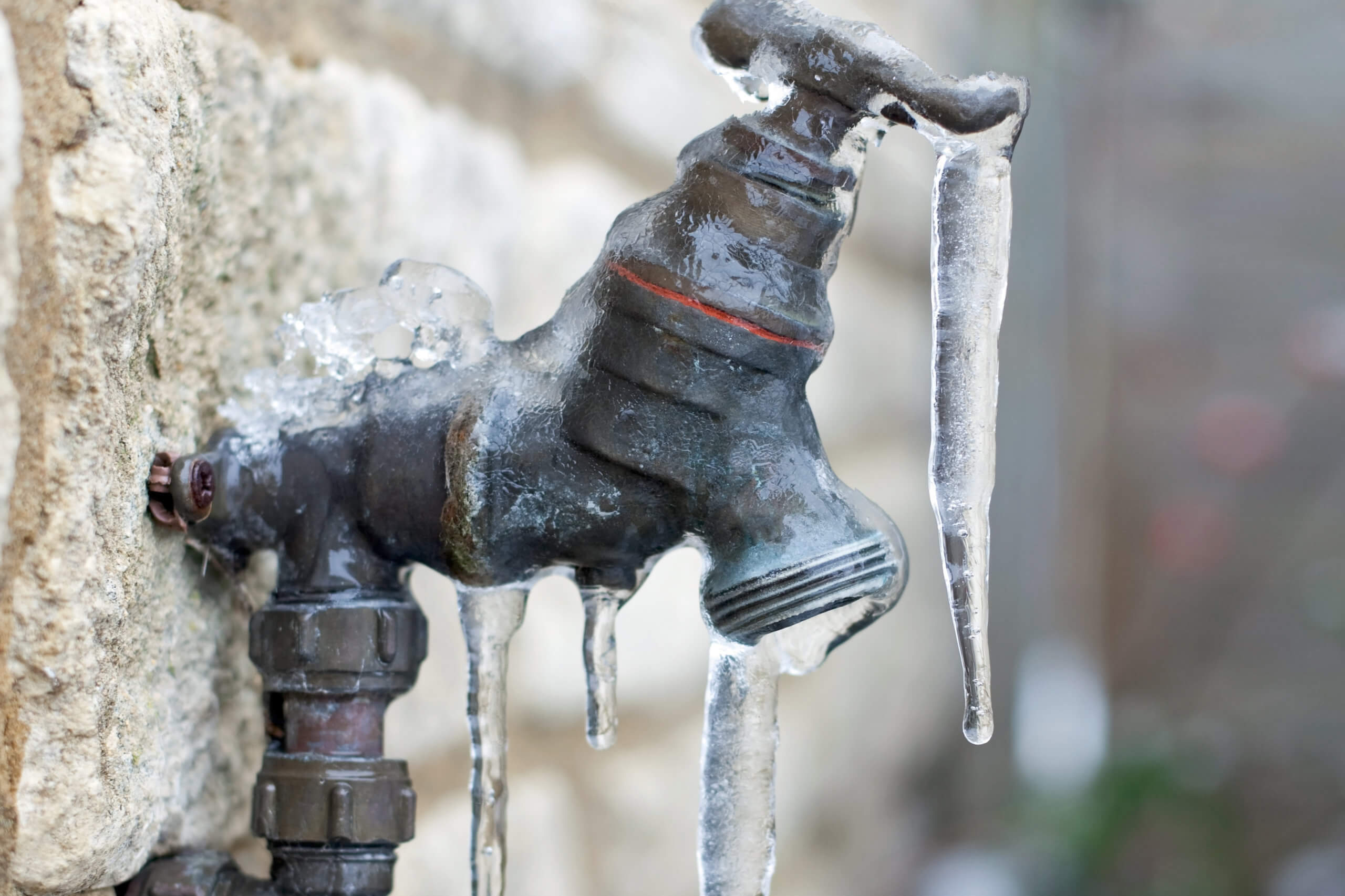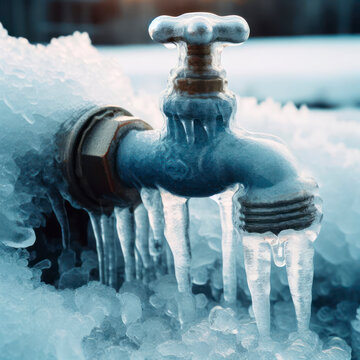How do you actually feel with regards to How to prepare your home plumbing for winter weather?

Winter can wreak havoc on your pipes, specifically by freezing pipelines. Right here's exactly how to prevent it from happening and what to do if it does.
Intro
As temperature levels decrease, the danger of icy pipes increases, potentially leading to expensive repair services and water damages. Recognizing how to prevent frozen pipelines is essential for property owners in chilly climates.
Understanding Frozen Pipelines
What creates pipelines to freeze?
Pipes ice up when subjected to temperatures below 32 ° F (0 ° C) for expanded durations. As water inside the pipes freezes, it increases, putting pressure on the pipeline wall surfaces and potentially triggering them to break.
Risks and damages
Frozen pipelines can lead to supply of water disruptions, building damage, and pricey repair work. Burst pipes can flooding homes and create considerable structural damages.
Indicators of Frozen Piping
Determining frozen pipes early can avoid them from bursting.
How to identify icy pipelines
Seek lowered water flow from faucets, uncommon odors or noises from pipes, and noticeable frost on exposed pipes.
Prevention Tips
Insulating at risk pipelines
Wrap pipes in insulation sleeves or make use of warmth tape to secure them from freezing temperatures. Focus on pipelines in unheated or outside areas of the home.
Home heating methods
Keep interior rooms appropriately heated, particularly areas with plumbing. Open closet doors to allow cozy air to circulate around pipes under sinks.
Protecting Exterior Plumbing
Garden tubes and outside taps
Detach and drain yard hose pipes prior to wintertime. Install frost-proof faucets or cover outdoor taps with insulated caps.
What to Do If Your Pipelines Freeze
Immediate activities to take
If you suspect icy pipes, keep taps available to soothe pressure as the ice thaws. Use a hairdryer or towels soaked in warm water to thaw pipes gradually.
Long-Term Solutions
Architectural changes
Consider rerouting pipes away from exterior walls or unheated areas. Add extra insulation to attics, basements, and crawl spaces.
Upgrading insulation
Purchase high-grade insulation for pipelines, attic rooms, and wall surfaces. Appropriate insulation assists preserve consistent temperatures and reduces the threat of icy pipelines.
Verdict
Protecting against icy pipes requires aggressive actions and fast reactions. By understanding the reasons, indications, and preventive measures, property owners can protect their pipes during winter.
5 Ways to Prevent Frozen Pipes
Drain Outdoor Faucets and Disconnect Hoses
First, close the shut-off valve that controls the flow of water in the pipe to your outdoor faucet. Then, head outside to disconnect and drain your hose and open the outdoor faucet to allow the water to completely drain out of the line. Turn off the faucet when done. Finally, head back to the shut-off valve and drain the remaining water inside the pipe into a bucket or container. Additionally, if you have a home irrigation system, you should consider hiring an expert to clear the system of water each year.
Insulate Pipes
One of the best and most cost-effective methods for preventing frozen water pipes is to wrap your pipes with insulation. This is especially important for areas in your home that aren’t exposed to heat, such as an attic. We suggest using foam sleeves, which can typically be found at your local hardware store.
Keep Heat Running at 65
Your pipes are located inside your walls, and the temperature there is much colder than the rest of the house. To prevent your pipes from freezing, The Insurance Information Institute suggests that you keep your home heated to at least 65 degrees, even when traveling. You may want to invest in smart devices that can keep an eye on the temperature in your home while you’re away.
Leave Water Dripping
Moving water — even a small trickle — can prevent ice from forming inside your pipes. When freezing temps are imminent, start a drip of water from all faucets that serve exposed pipes. Leaving a few faucets running will also help relieve pressure inside the pipes and help prevent a rupture if the water inside freezes.
Open Cupboard Doors
Warm your kitchen and bathroom pipes by opening cupboards and vanities. You should also leave your interior doors ajar to help warm air circulate evenly throughout your home.

I ran across that write up on How to prepare your home plumbing for winter weather when doing a search on the search engines. If you enjoyed our blog entry kindly make sure you remember to pass it around. We appreciate your readership.
Set An Appointment